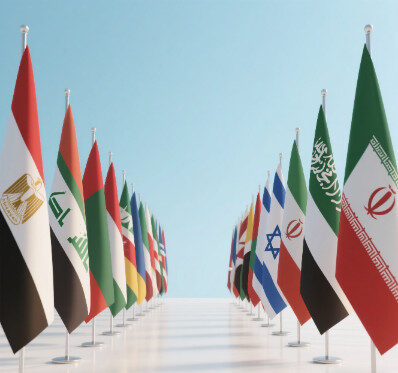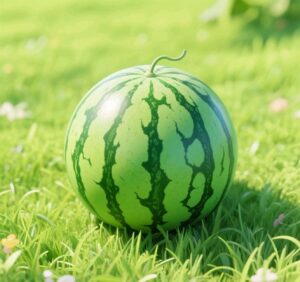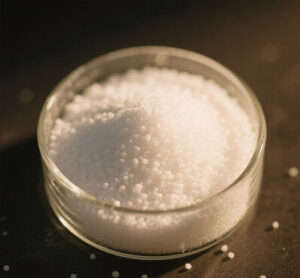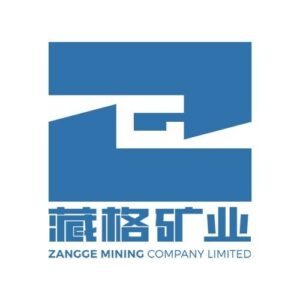The Middle East has long been recognized for its vast hydrocarbon reserves, but less known is its pivotal role in global nitrogen fertilizer markets. Recent regional supply disruptions have demonstrated how significantly Middle Eastern production influences global fertilizer trade flows and pricing dynamics.
Regional Advantages and Current Position
The Middle East commands several structural advantages in nitrogen fertilizer production:
-
Abundant low-cost natural gas feedstock
-
Large-scale, modern production facilities
-
Strategic geographic position between key import markets
-
Government support for industrial diversification
Currently accounting for approximately 25% of global urea exports, the region has become indispensable to global food security. However, new expansion plans could further consolidate this position.
Saudi Arabia: Strategic Expansion with Green Ambitions
Saudi Arabia’s nitrogen fertilizer strategy combines capacity expansion with sustainability initiatives:
-
Capacity Expansion Projects:
-
SAFCO V: 1.2 million t/yr urea addition (under tender)
-
Ma’aden: Feasibility study for new world-scale ammonia-urea complex
-
APC/PCC: Debottlenecking and product diversification studies
-
-
Green Transition:
-
Three green ammonia projects under evaluation
-
Carbon capture implementation at existing facilities
-
Alignment with Vision 2030 diversification goals
-
Egypt: Modernization and Efficiency Drive
Egypt’s expansion focuses on upgrading legacy facilities:
-
Abu Qir 3: Completed upgrade adding 0.5 million t/yr capacity
-
Helwan: Energy efficiency improvements reducing gas consumption by 15%
-
KIMA 2: New 1.4 million t/yr urea plant with reduced carbon intensity
Iran: Overcoming Sanctions Through Expansion
Despite international restrictions, Iran continues to grow capacity:
-
2.9 million t/yr new urea capacity by 2025
-
Innovative financing models for plant construction
-
Focus on Asian and African export markets
Market Implications
The planned expansions could:
-
Increase Middle East’s share of global urea trade to >30% by 2027
-
Accelerate industry consolidation as smaller producers struggle to compete
-
Create new trade patterns, particularly to Africa
-
Pressure global gas-based producers’ margins
Challenges Ahead
Key hurdles remain:
-
Gas feedstock allocation priorities (power vs. industry)
-
Carbon border adjustment mechanisms in key markets
-
Logistics bottlenecks at regional ports
-
Geopolitical risks affecting trade flows
The Middle East’s nitrogen fertilizer expansions represent more than just capacity growth – they reflect a strategic repositioning of the region in global agricultural value chains. While technical and geopolitical challenges persist, the region appears poised to strengthen its dominance in nitrogen fertilizers through both conventional and green production pathways. The coming decade may well see the Middle East transition from being a fertilizer producer to becoming the global price setter for nitrogen products.









